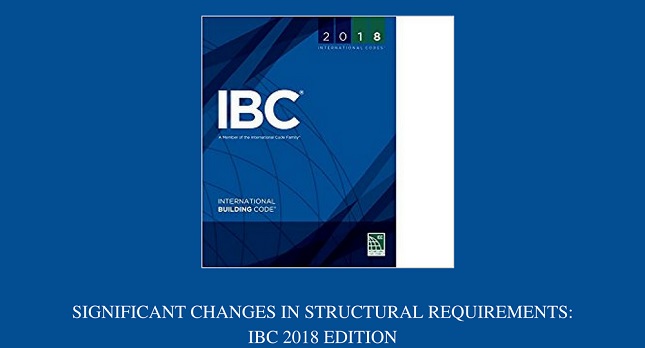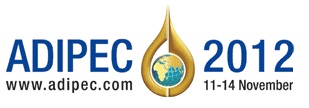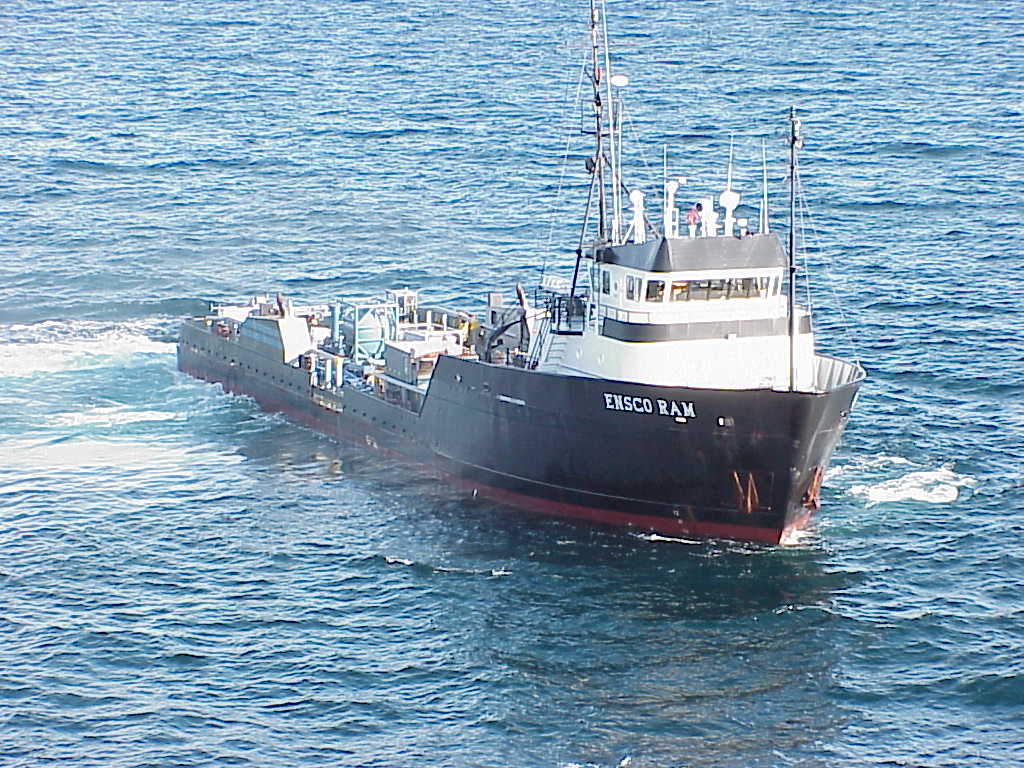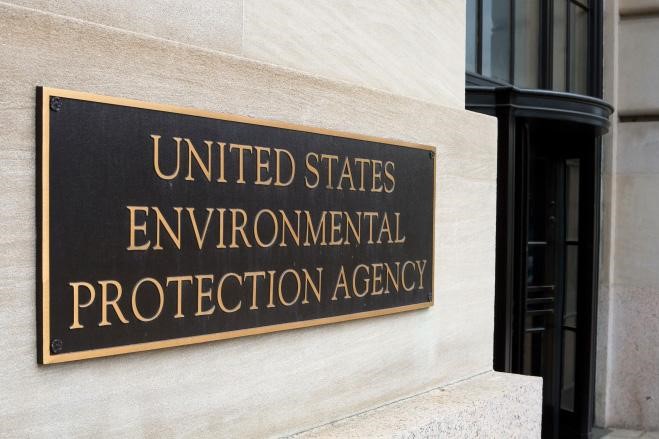
Major 2018 IBC Changes For Structural Requirements
The 2018 International Building Code® (IBC®) is the latest and innovative set of criteria for commercial construction. Code experts have developed this latest update from a wide selection of helpful references to help in the various phases of construction, exam preparations as well as implementation of codes. The ten major changes of a structural nature are as follows:

1. Adoption of ASCE 7-16
- The update includes more current IBC wind speed maps and seismic design maps.
- Chapter 16 now includes a new section dealing with tsunami loads.
- The revision in Table 1607.1 is a change in the deck and balcony Live Loads to 1.5 times that of the occupancy served.
2. New and Updated Reference Standards
- Specification for Masonry requirement 2015 IBC Standard ACI 530/ASCE 5/TMS 402-13 shall be updated to MS402-16.
- The ACI 530.1/ASCE 6/TMS 602-13 is updated to TMS 602-16.
- AISC 341-10 and 360-10 will be revised to 2016 editions.
- AISI S100-12 has already been updated to the 2016 edition.
- AISI S220-11 and S230-07 were updated to the 2015 edition.
- AISI S200, S210, S211, S212 and S214 have all been merged to a single new standard, AISI S240-15.
- AISI S213 was fragmented into the new S240 and AISI S400-15.
- And ASCE 41-13 has been revised to the 2017 edition.
- The ICC 300 and ICC 400 have been updated to 2017 editions.
- Both ANSI/NC1.0-10 and ANSI/RD1.0-10 were updated to 2017 editions.
3. Section 1607.14.2 has been included for Structural Stability of Fire Walls
This new section provides guidance to designers on designing fire walls with structural stability and includes information from 5 psf from NFPA 221.
4. Modifications of the IBC Special Inspections Approved
There are many updates to the Special Inspections that have been approved in this guideline.
The section on special inspection of fabricated items, that is, Section 1704.2.5 is now more concise and explicit.
Special inspections are no longer needed when the stated spacing of fasteners at panel edges is more than 4 inches on center – this exception to 1705.11 clarifies the point.
The special inspection requirements for structural steel seismic force-resisting systems and structural steel elements in seismic force-resisting systems were further elucidated by allowing exceptions so that systems or elements not designed in accordance with AISC 341 will be exempt from inspection using the requirements of that standard.
5. Changes Pertaining to Storm Shelters
- 1604.11 is a new section that specifies that “Loads and load combinations on storm shelters shall be determined in accordance with ICC 500.”
- The exception has been further included which says that when a storm shelter is added to a building, “the risk category for the normal occupancy of the building shall apply unless the storm shelter is a designated emergency shelter in accordance with Table 1604.5.”
- Table 1604.5 further clarifies the type of shelters that are designated as risk category IV: “Designated emergency shelters including earthquake or community storm shelters for use during and immediately after an event.”
6. Chapter 23 Changes to the IBC Conventional Construction Requirements
Chapter 23 includes a section on anchorage of foundation plates and sills to concrete or masonry foundations. This section has reorganized the requirements by Seismic Design Category (SDC) and added a new section on anchoring: SDC E.
One significant change is that it says now that the anchor bolt must be in the middle third of the width of the plate and adds further info to the sections on higher SDCs to specify the usage of alternate anchor straps.
If these are used they should be spaced to give equivalent anchorage to the specified 1/2″- or 5/8″-diameter bolts. The second change permits single-member 2-by headers, to allow more space for insulation in a wall.
7. Modification to the Requirements for Nails and Staples in the IBC
ASTM F1667 Supplement One has been adopted. This specifies the ideal procedure for testing nails for bending-yield strength and outlines the required minimum average bending moment for staples used for framing and sheathing connections.
The new RSRS-01 nail has been included to TABLE 2304.10.1, the Fastening Schedule. To achieve the new higher component and cladding uplift forces of ASCE 7-16, the RSRS nail (a new roof sheathing ring shank nail) was developed to gain higher withdrawal resistances.
Stainless-steel nails need to comply with ASTM F1667 and use Type 302, 304, 305 or 316 stainless steel, necessarily to achieve the corrosion resistance assumed in the code.
Staples used with preservative-treated wood or fire-retardant-treated wood need to be of stainless steel.
8. Truss-Related Code Change
Since not all trusses use metal connector plates, the information needed on the truss design drawings has been updated from “Metal connector plate type” to “Joint connection type”.
9. Code Change to Section 2304.12.2.2
This code change clarifies the cases or exceptions where posts or columns don’t have to consist of naturally durable or preservative-treated wood.
It permits the use of posts or columns that are not naturally durable or preservative-treated if they are adequately supported by concrete piers or metal pedestals projecting at least 1″ above the slab or deck, such as Simpson Strong-Tie post bases that have a one-inch standoff.
10. Code Change to IBC Appendix M
Owing to a code change from FEMA, IBC Appendix M is now specific to refuge structures for vertical evacuation from tsunami.Thus in this scenario, the tsunami hazard mapping and structural design guidelines of ASCE 7-16 will be used instead of those in FEMA P-646.
Rishabh Engineering can provide detailed engineering solutions in the Civil & Structural Engineering disciplines. Call: 1-877-RISHABH(1-877-747-4224) OR Contact Us.
Related Blogs
Related Blogs
Meet Rishabh Engineering at ADIPEC 2012 for Potential Partnerships in Engineering Support Solutions
Rishabh Engineering, a multi-disciplinary engineering support division of Rishabh Software,…
Norway Opens New Arctic Area to Oil Drilling While U.S. Drilling Drops & Canadian Drilling Increases
Recently, the Parliament of Norway voted to open up a…


